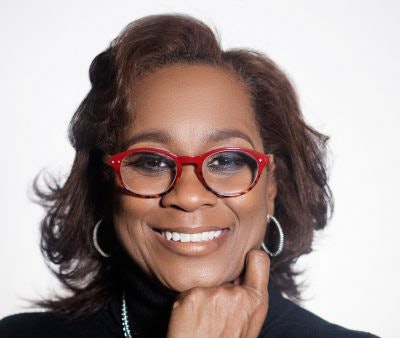Facing the impact of COVID-19 as well as natural disasters, historically Black colleges and universities (HBCUs) have continued to develop campus reopening plans for the academic year.
 Dr. Ceeon Quiett Smith
Dr. Ceeon Quiett SmithTo provide resources and advice in navigating both current and future crises, the HBCU Emergency Management Consortium hosted the first webinar “Response Planning and Implementation” of its HBCU Disaster Resilience Series.
“When it comes to a disaster, it does not have to be big,” said Tony Russell, superintendent of the Center for Domestic Preparedness. “If it happens to you, it’s a disaster. How do we prepare our communities to be able to be more resilient?”
Benedict College in South Carolina, serves as a case study to provide examples of reopening policies and practices.
To open the campus safely and serve the local community with testing and other resources, Benedict partnered with South Carolina Department of Health and Environment Control and Richland County Emergency Management.
Dr. Ceeon Quiett Smith, chief of staff at Benedict, emphasized the importance of communication. As an attempt to eliminate false information, Benedict launched “Tiger Talks” in July 2020. These discussions set expectations for both new and returning students on how the campus would operate.
“Communicate, communicate, communicate,” she said. “Rumor control, especially the way our nation responded to COVID-19. We had to be sure we were managing expectations early and talking with our students, faculty and staff early.”
Additionally, using data from their survey, the HBCU Emergency Management Consortium also analyzed the reopening plans of other HBCUs across the country.
The results indicated that technology was the biggest challenge to reopening. With 42% of students lacking high speed internet and 34% not having personal computers, many were forced to stand outside public buildings or parking lots to gain access to Wi-Fi. Some students were also unable to find a quiet place to study.
To support faculty members, HBCUs took steps to address virtual instruction and course adaption and provided faculty with laptop computers and offered COVID-19 testing at no cost.
“As HBCUs, we did not immediately embrace distance-based learning,” said Dr. Goulda Downer, an associate professor in the College of Medicine at Howard University. “We pivoted enough in the middle of a pandemic to get our students learning and to have the processes continue.”
 Dr. Goulda Downer
Dr. Goulda DownerAs for campus safety, the largest barriers to reopening included risk of community spread, lack of COVID-19 vaccine and not having enough financial resources.
To eliminate the risks on campus, many HBCUs implemented temperature testing and offered both mental health support and other health programs.
Moving forward, HBCUs must identify solutions to prevent further disruptions, said Downer who recommended measuring campus “resilience gaps” and collectively working to fill them in a “deliberately, culturally-competent manner.”
“Despite the cloud that COVID-19 has put us in and the challenges that have been imposed, we can use this period for evaluation, well-thought out planning and implementation,” she said. “So the next time, we will be better prepared.”
At a federal level, Russell highlighted three recently enacted executive orders under President Joe Biden’s administration that focus on crisis management strategies:
- Executive Order 13985: Advancing racial equity and support for underserved communities through the federal government.
- Executive Order 13990: Protecting public health and the environment and restoring science to tackle the climate crisis.
- Executive Order 14008: Addressing climate crisis at both a U.S. and global level.
“[These three orders] provide some of those rose petals that you follow to a destination that can be leveraged in order to be able to have us as a family focus more intently and deliberately on the goal,” he said.
The HBCU Emergency Management Consortium was established two years ago as part of an effort to diversify the emergency management workforce. By 2025, the group aims to educate and train at least 10% of participating students, faculty and staff at HBCUs in emergency response and management.
The Community Emergency Response Team (CERT) program is one way to provide exposure to the field by offering basic training in the areas of fire safety, disaster medical operations and search and rescue, according to its website.
“We know that many of our HBCUs struggle with getting new degrees,” said Downer. “But we are recommending that our HBCUs look through their curriculars and decide that this is such an important and emerging field that we need to be there.”
Sarah Wood can be reached at [email protected].



















